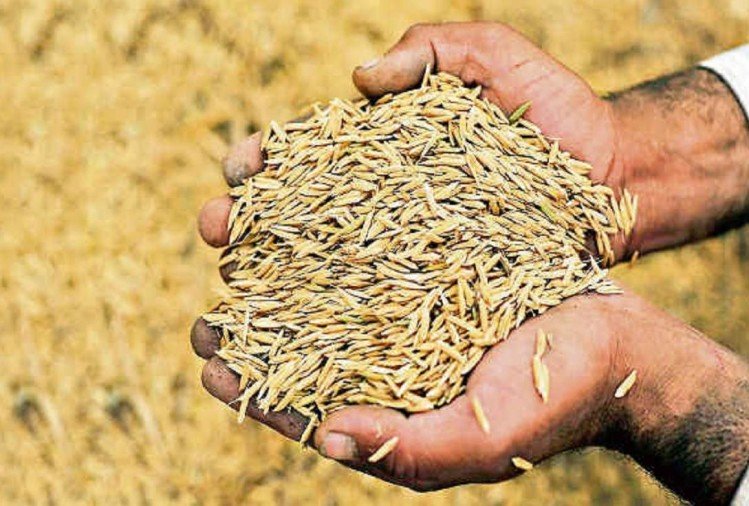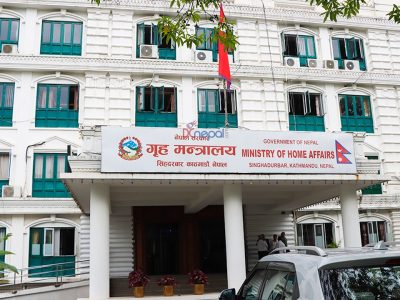Rice Production Surges to 57.24 Lakh Metric Tons, Marking a 4.33% Increase: Ministry of Agriculture

Kathmandu, Jan 8: The Ministry of Agriculture and Livestock Development has reported a notable increase in rice production, reaching 57.24 million metric tons this year. In a recent press release, the ministry stated that rice production has seen a 4.33% rise in the current year compared to the last financial year.
The current year’s paddy production has also surged by 5.08% compared to the average production of the last four years. Despite the increase in paddy production, it has been observed that the cultivated area for paddy has decreased. The total area planted with paddy decreased by 0.61%, equivalent to 8,800 hectares compared to the previous year, reaching 1.438 million hectares.
This year’s area planted with paddy is 1.73% less than the average area over the last four years. Alongside the rise in rice production, productivity has also increased. The ministry stated, “The average productivity of paddy has increased by 4.97% compared to last year, reaching 3.98 metric tons per hectare,” adding that this is 6.92% higher than the average productivity of the last four years.
Chal Aav rice production is high in the Koshi region, while it is comparatively lower in the Karnali region. In terms of productivity, the Koshi province leads with 4.43 metric tons per hectare, while the Madhes province has the lowest productivity at 3.49 metric tons per hectare. The ministry noted that chaite rice continues to maintain higher productivity compared to the main rice, as observed in previous years.
Lumbini province leads in terms of production and productivity growth compared to last year, while the Madhes province shows negative growth. The increase in rice production is attributed to factors such as the availability and use of advanced seeds, reduced negative impacts of disease and insect outbreaks, improved access to fertilizers, increased use of agricultural tools and technology, and adaptation to seasonal changes. However, in some districts of the Madhes province, insufficient rainfall during rice planting has led to decreased production and productivity compared to last year.
The Ministry extracted rice crop data using satellite images in collaboration with the Ministry of Agriculture from all seven provinces, based on preliminary district-wise data and ISIMOD.
Facebook Comment
latest Video
Trending News
- This Week
- This Month
















